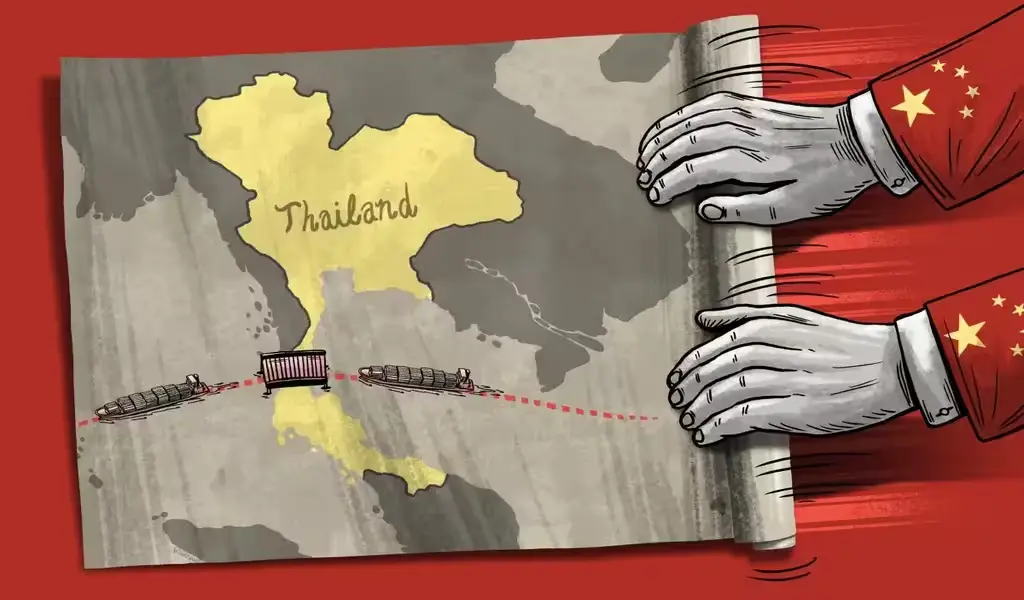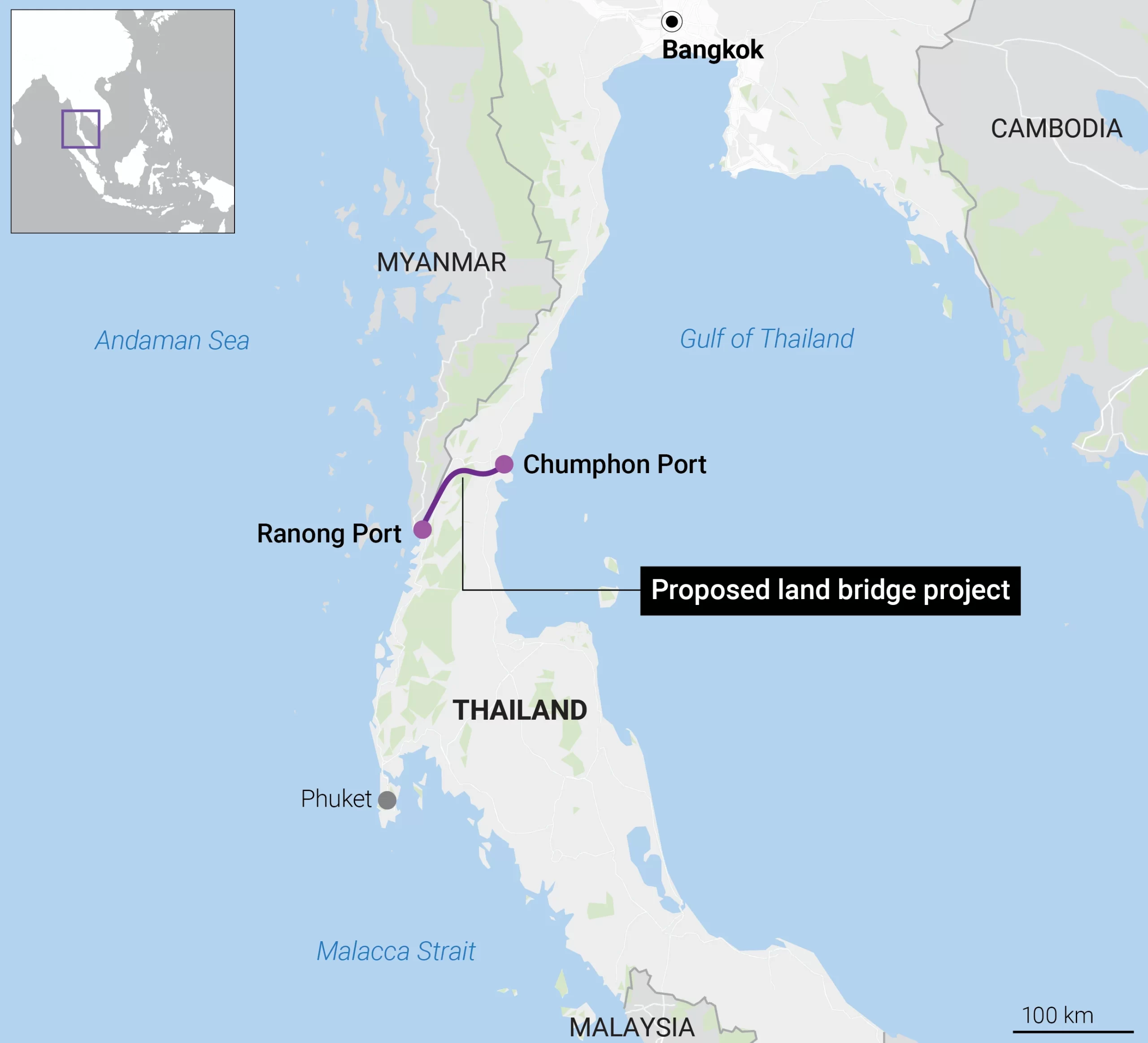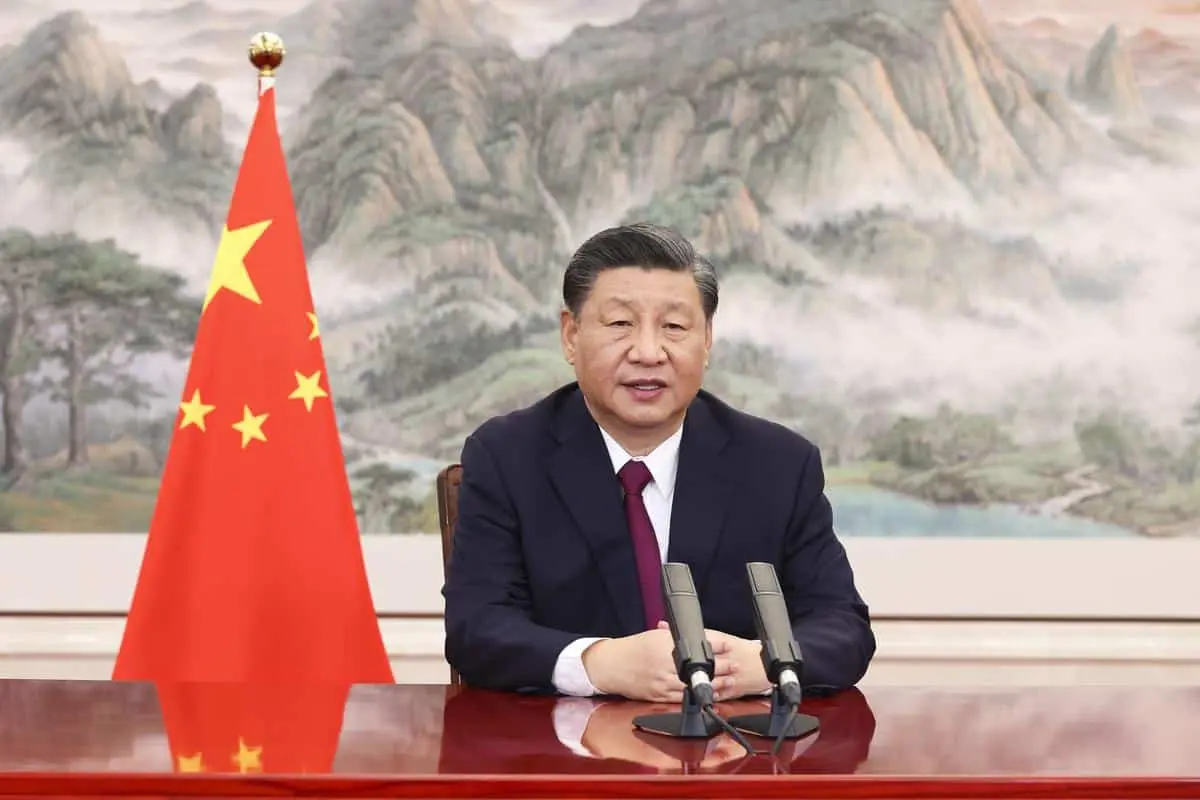Thailand wants to build a brand new shipping route. Why isn’t China buying? – Chinese authorities and scholars frequently mention the Malacca Strait as a particularly vulnerable link in Beijing’s economic network. Crude oil and minerals, in particular, are transported through it because of their great strategic value.
Efforts to diversify China’s energy supply have been ongoing for decades, with the country’s leaders pouring resources into gas pipelines from Central Asia, an economic corridor between China and Pakistan, a pipeline connecting the ports of Myanmar in the Andaman Sea to Yunnan province in southwest China, and a system of freight trains connecting China and Europe.
The Thai Land Bridge project is the most recent proposal to reach Beijing’s desk; it would eliminate the need for a passage through Malacca by linking the Andaman Sea and the Gulf of Thailand via rail linkages.
Thai Prime Minister Srettha Thavisin brought up the project during his attendance at the Belt and Road Forum for International Cooperation in mid-October. It is an alternative for the more contentious and costly Kra Canal.
ผมลองวาดเส้นทางของ Landbridge ให้กับทางผู้ประกอบการรถไฟในประเทศจีนให้เข้าใจง่ายขึ้น ทำให้เห็นภาพของโครงการสองท่าเรือแต่นับรวมเป็นหนึ่ง โครงการจะลดปัญหาการจัดการซ้ำซ้อน (Double Handling) ได้ครับ
รีบวาดรีบคุยให้เข้าใจ แม้ภาพออกมาไม่ค่อยสวยเท่าไรแต่สื่อสารได้ผลดีเลยครับ 🙂 pic.twitter.com/1Dozo765Sw
— Srettha Thavisin (@Thavisin) October 17, 2023
During the discussion, Srettha even scribbled up a rough sketch of a possible route for the land bridge and shared it online.
China has long been considered a possible customer and buyer, as most of its crude oil now comes from the Middle East.
Additionally, it has invested heavily in its Belt and Road Initiative, an infrastructure plan to improve regional connectivity through the completion or ongoing construction of over three thousand projects.
Still, experts say the Chinese aren’t really enthusiastic about the Thai proposal just yet.
“China is not convinced [of what] it can expect from the project,” stated Lu Xiang, a senior researcher with the Chinese Academy of Social Sciences, a governmental think tank focused on Beijing.
He elaborated on Beijing’s cautious approach by saying that China would not support the land bridge because it is not a high-profile strategic project.
Considering the complexity and potential lack of cost savings, he concluded that offloading and reloading was not a viable solution.
The strait will probably continue to play a crucial role in transporting crude oil from the Middle East to East Asia and consumer products from China back to China as long as there is no good alternative.
Beijing has invested substantially in the joint construction of the Power of Siberia pipeline with Russia as one of numerous measures to ensure energy security and reduce dependence on a single fuel transportation route.
Lu noted that Chinese enterprises might independently evaluate their choices and discuss them with their Thai counterparts.
“While China may have mixed feelings about it for the time being, it will not object if Thai companies do business with Chinese companies,” he continued.
According to Zhu Feng, dean of Nanjing University’s Institute of International Relations, the project’s fate is in the hands of the Thai government and subject to changes in political dynamics.
He predicted that Chinese corporations would play a significant role as contractors once the project began but that China was not likely to provide funding.
There will be fewer state-led investments to construct megaprojects overseas, according to Zhu, and the belt and Road initiative will focus on logical business decisions based on investment returns for the next decade.
Across the Indian Ocean and the Gulf of Thailand, a 90-kilometer (55-mile) railway and road bridge would connect the ports of Ranong and Chumpon, with an estimated cost of 1 trillion baht (US$27.7 billion).
According to Thai media, it has the potential to provide 280,000 direct employment opportunities. Once completed, Bangkok plans to begin construction in 2025 with the expectation of having a yearly capacity to handle 10 million containers.
The Thai government is set to launch roadshows in the next several months to promote and solicit donations, according to transport minister Suriya Juangroongruangkit.
Whether it will use a build-operate-transfer or public-private partnership approach is currently unknown.
The Hong Kong Trade and Development Council has predicted that the contract bidding process will commence in the first half of next year, with the first phase of operational construction beginning in 2030.
Interest in collaborating is also likely to stem from Beijing’s track record of successful infrastructure projects, such as the 135km Pinglu canal in Southwest China’s Guangxi Zhuang autonomous region and the Hong Kong-Macau-Zhuhai cross-sea bridge.
As competition between China and the US intensifies, the region of Southeast Asia has been a focal point for attention and investment due to its cheaper manufacturing costs and potential customer base of more than 600 million.
After the United States and the European Union, Asean has surpassed them as China’s most important export market. According to customs figures, the country’s exports to the area reached $428.8 billion in the first half of the year.
Louise Chan, the deputy director of the Hong Kong Trade and Development Council Research, compared Asean to China’s industrial hinterland.
According to Chan, a land bridge connecting southern Thailand will save travel time by four or five days.
However, building roadblocks may exist, such as environmental studies and harm to the current agricultural enterprise.
“Money is still a problem,” he quipped. “Given the state of the economy, venture capital is being extremely careful.”
A key player in the Belt and Road initiative is Thailand. However, initiatives like as high-speed rail have made only sluggish progress.
Both the canal and the land bridge were omitted from the Belt and road project list issued by the country’s principal economic planner, the National Development and Reform Commission, and none of these initiatives has received any public commentary from Beijing.
Little interest has been shown in the Kra Canal, an earlier proposal to avoid the Malacca Strait. Xinhua, China’s official news agency, briefly mentioned the initiative in 2015 to highlight its challenges; since then, there has been essentially no mention of it in Chinese media.
There would be a sea shift if the canal or rail connections were to become practical. It would radically alter the commerce and economic landscape of Southeast Asia while simultaneously reducing shipping costs and trip times.
However, the simpler reality is very different from a project’s potential. “In terms of decreasing the amount of oil going through Malacca, offloading, transporting by train and then onloading would be expensive,” said David Zweig, an emeritus professor at the Hong Kong University of Science and Technology.








